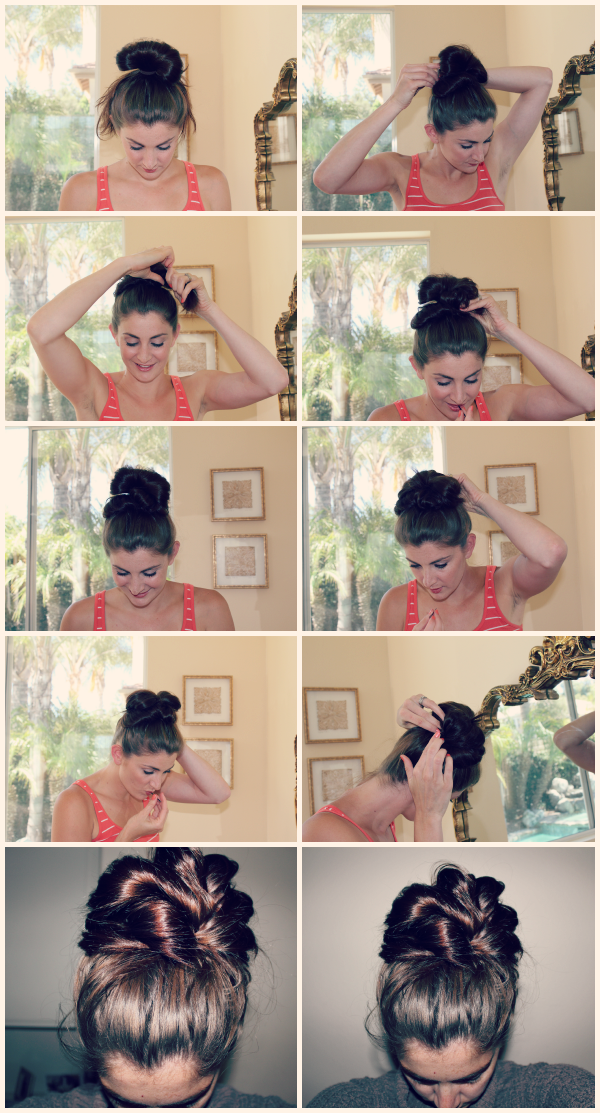


Large collections of instructional Processing videos are online from Daniel Shiffman, Andrew Glassner, Jose Sanchez, and Abe Pazos.
Short video lessons introduce coding exercises that lead to designing an interactive drawing program. |
What's new in Processing 3? Dan walks through the new features and changes. |
Learn how to pause and step through your running code with the Processing 3 Debugger. |
Welcome to Processing! This introduction covers the basics of writing Processing code. Level: Beginner |
A little more detailed introduction to the different features of Processing than the Getting Started tutorial. Level: Beginner |
Drawing simple shapes and using the coordinate system. Level: Beginner |
An introduction to digital color. Level: Beginner |
The basics of object-oriented programming. Level: Beginner |
Introduction to interactivity with the mouse and keyboard. Level: Beginner |
Working with typefaces and text. Level: Beginner |
Learn how use the String class and display text onscreen. Level: Intermediate |
How to store and access data in array structures. Level: Intermediate |
How to load and display images as well as access their pixels. Level: Intermediate |
Learn how to draw arcs, spline curves, and bezier curves. Level: Intermediate |
Learn how to translate, rotate, and scale shapes using 2D transformations. Level: Intermediate |
How to use the PShape class in Processing. Level: Intermediate |
Learn the basics of working with data feeds in Processing. Level: Intermediate |
An introduction to trigonometry. Level: Intermediate |
Tools for rendering geometries in Processing. Level: Intermediate |
Store and acess data in a matrix using a two-dimensional array. Level: Intermediate |
Learn how to play, analyze, and synthesize sound with the Sound Library. Level: Intermediate |
Control physical media with Processing, Arduino, and Wiring. Level: Intermediate |
An introduction to sending and receiving data with clients and servers. Level: Intermediate |
Use Processing to output print quality images and documents. Level: Intermediate |
A guide to implementing GLSL shaders in Processing. Level: Advanced |
An introduction to useing the PVector class in Processing. Level: Advanced |
Developing advanced graphics applications in Processing using P3D (OpenGL) mode. Level: Advanced |
How to display live and recorded video Level: Advanced |
How do you analyze a problem and break it down into steps that the computer can do? Level: Advanced |
Www.tutorial.historyalive.com
HTML / Web Tutorial How PubMed Works - On Demand How PubMed Works On Demand is an online, at-your-own-pace class offered via Moodle. It is made up of 4 independent modules: Introduction, Selection, MeSH (Medical Subject Headings), and ATM (Automatic Term Mapping). This tutorial walks through some basic image and layer manipulation techniques. Making a Circle-Shaped Image How to create a circular-shaped image. Layer Masks An introduction to using layer masks to modify the opacity of a layer. Basic Color Curves A first look at the Curves tool and adjusting color tones in an image. Your GIMP Profile (and You). This tutorial is designed for people who prefer to learn by doing. If you prefer learning concepts from the ground up, check out our step-by-step guide. You might find this tutorial and the guide complementary to each other. The tutorial is divided into several sections.

